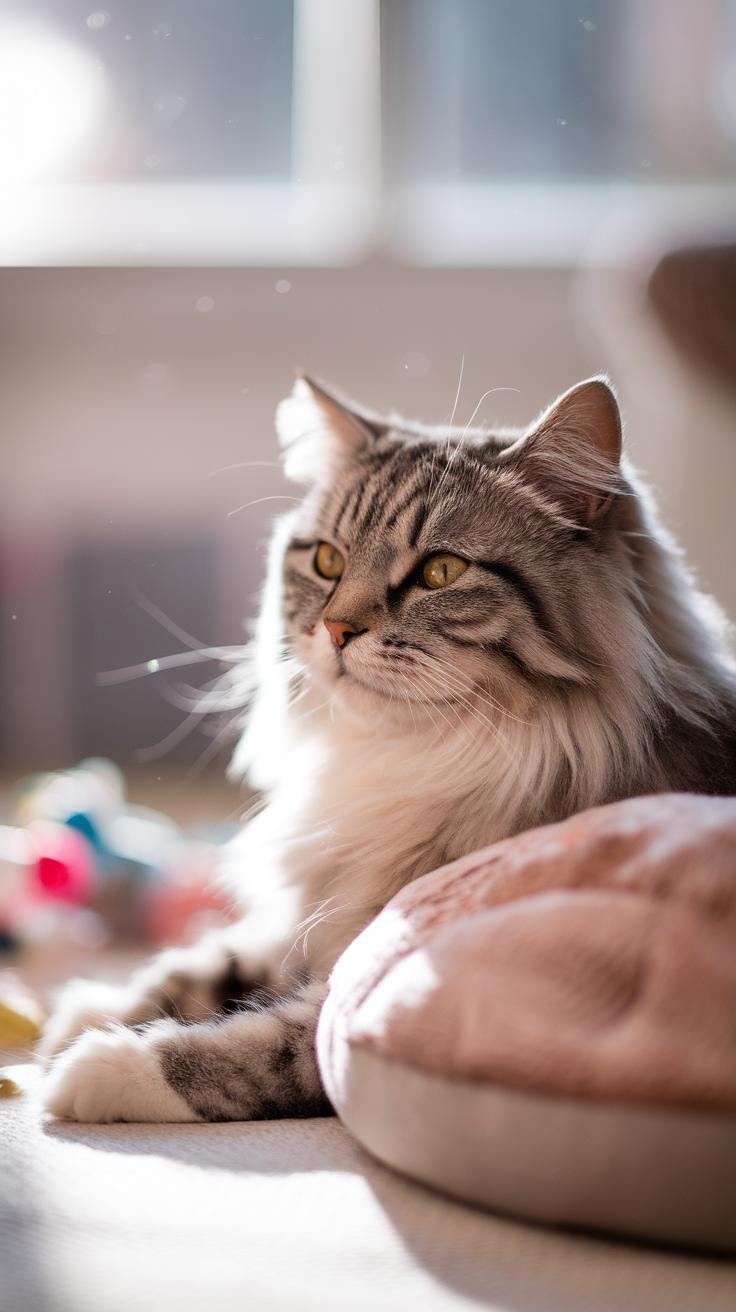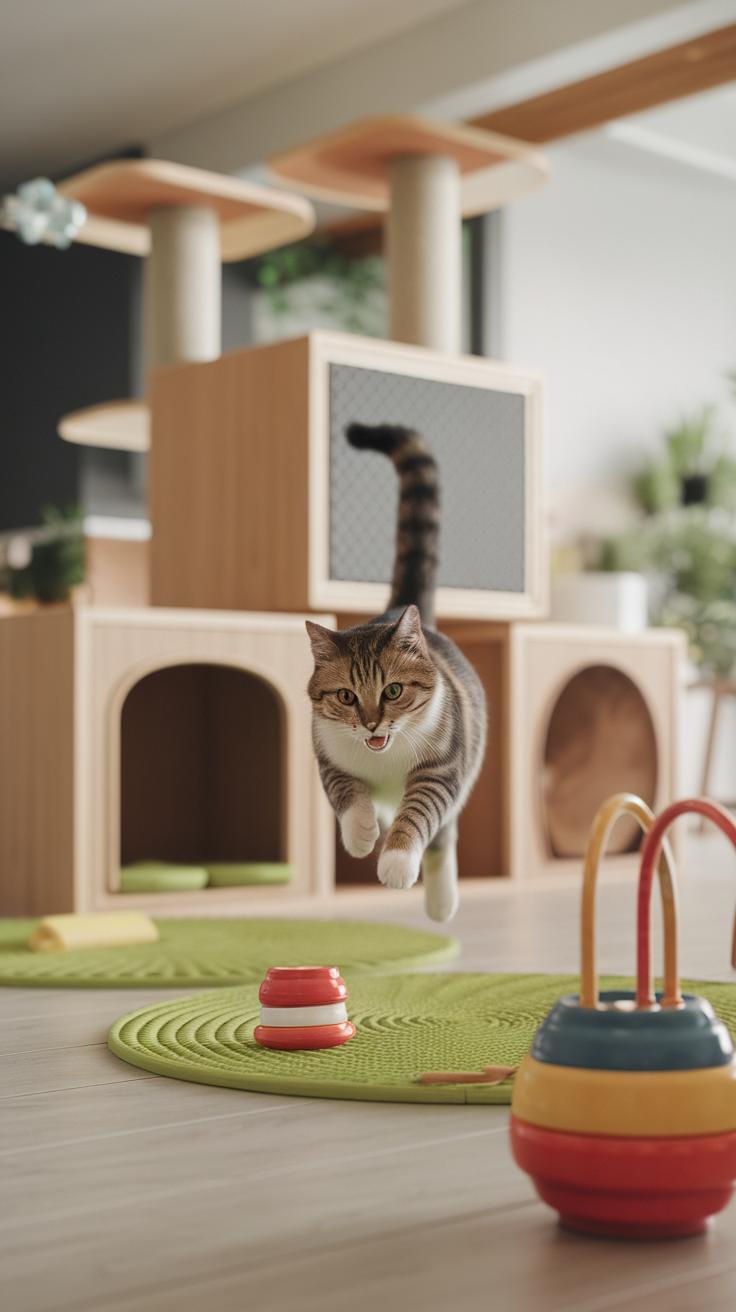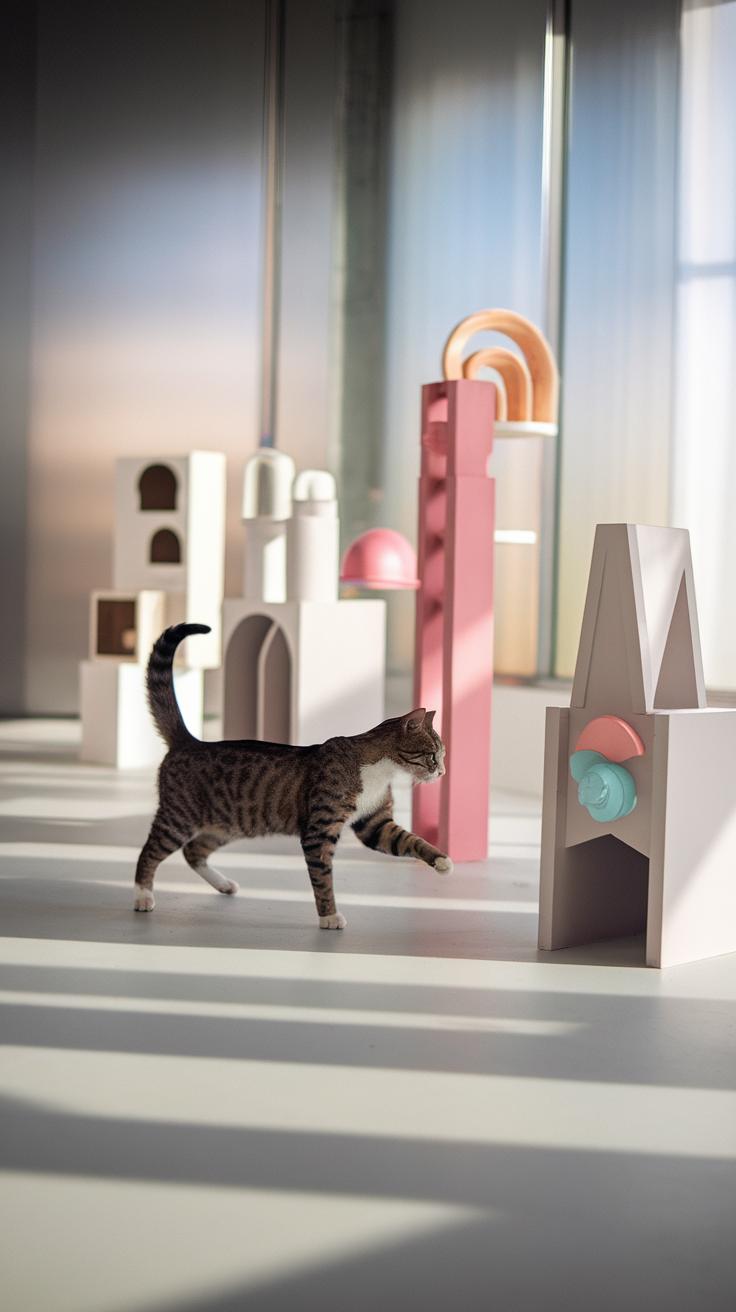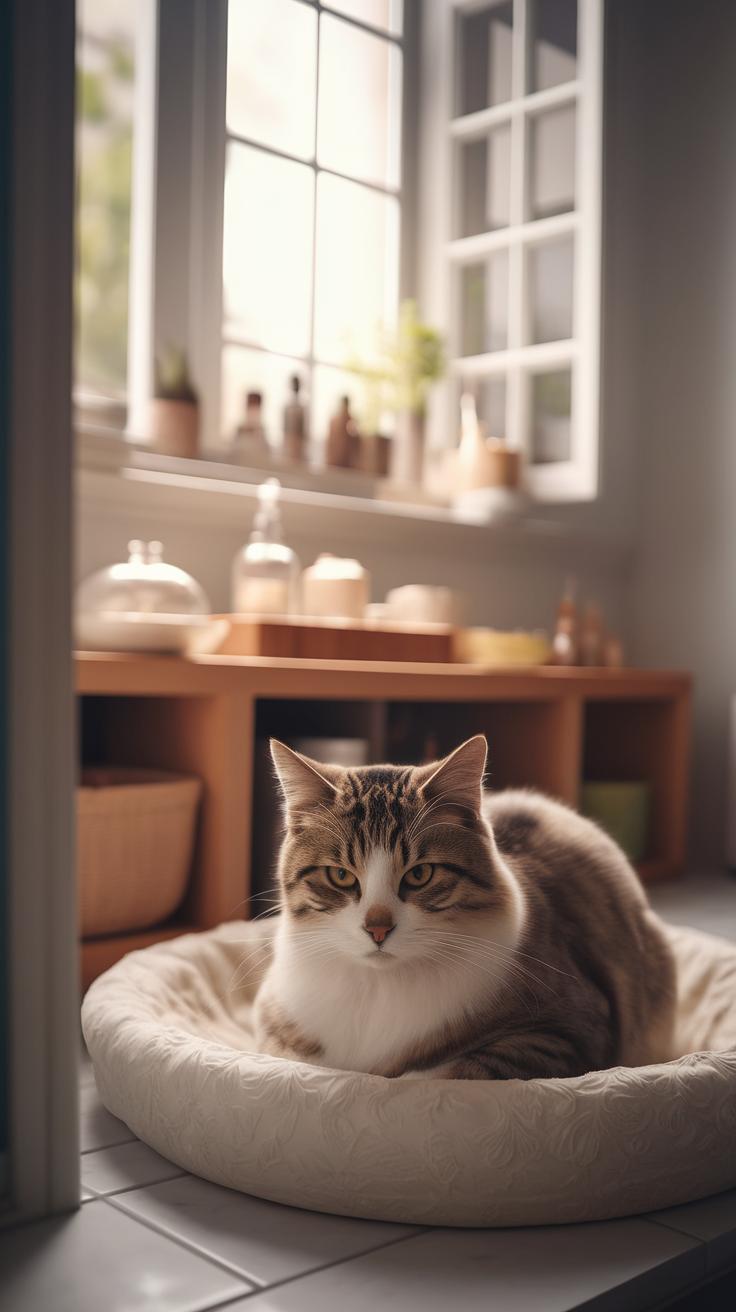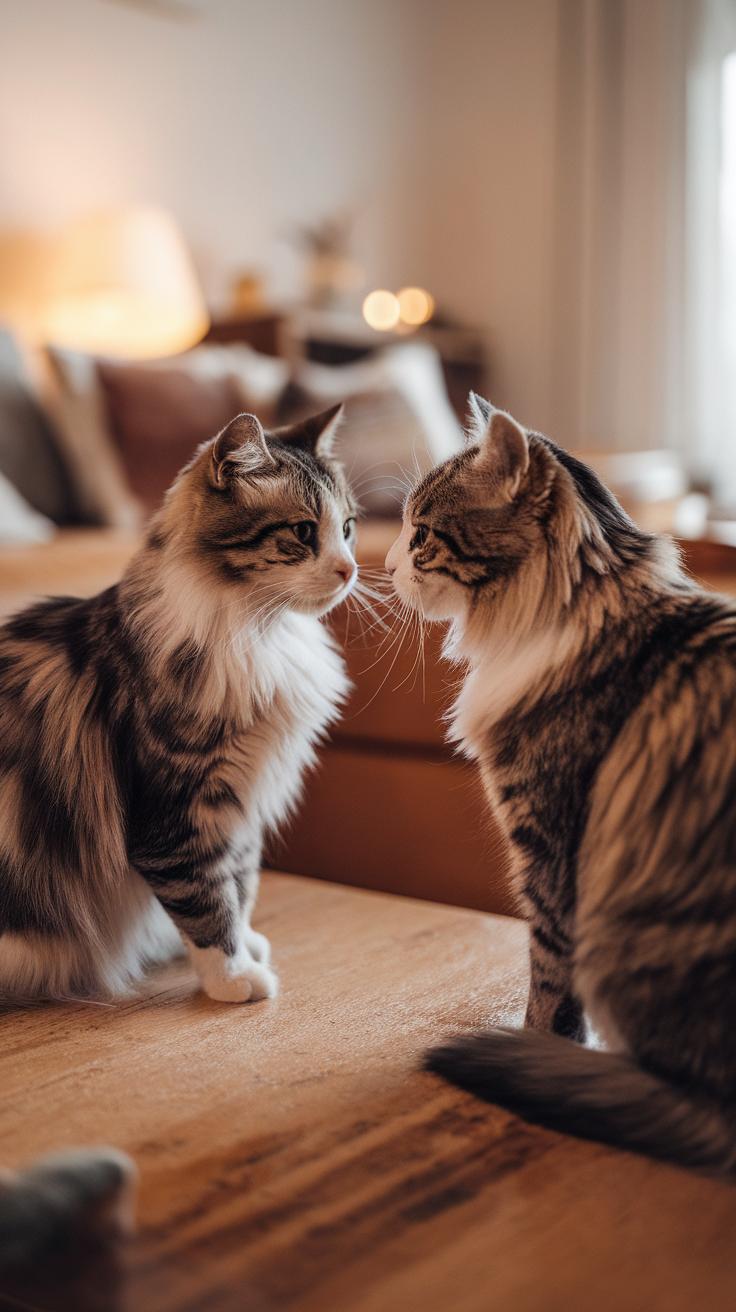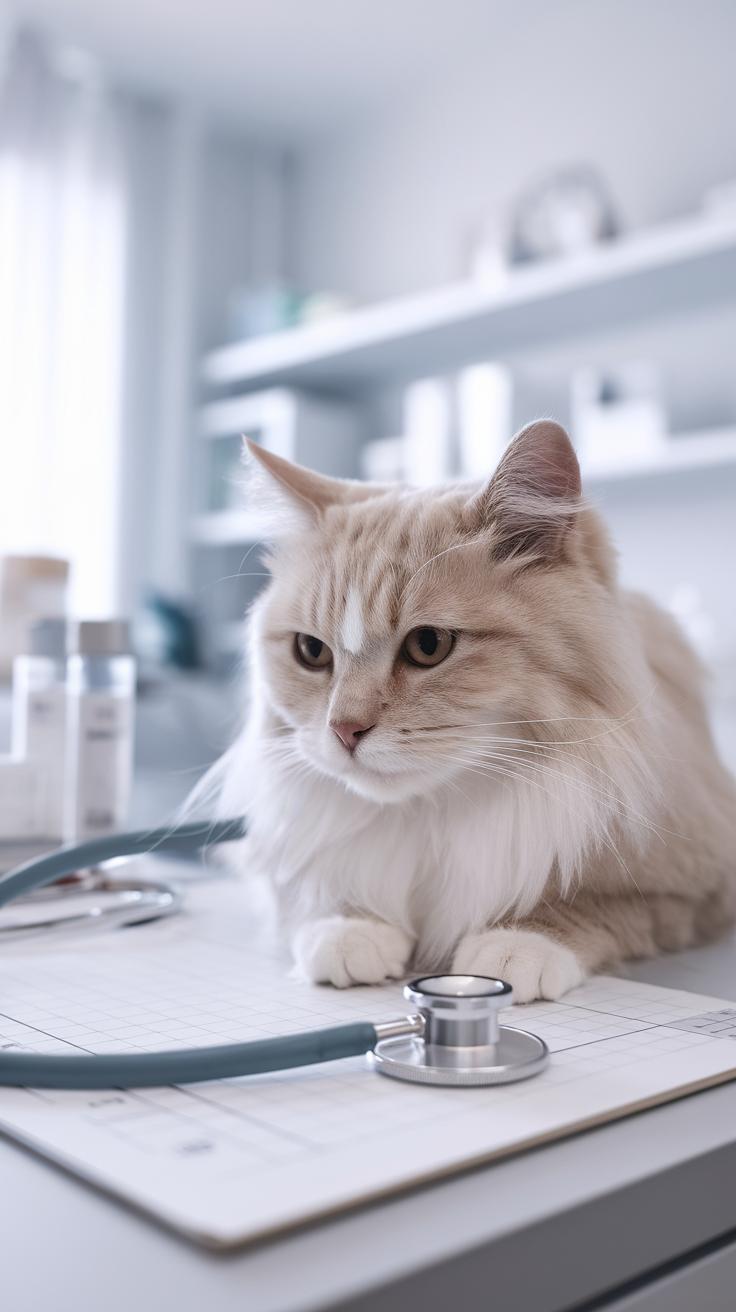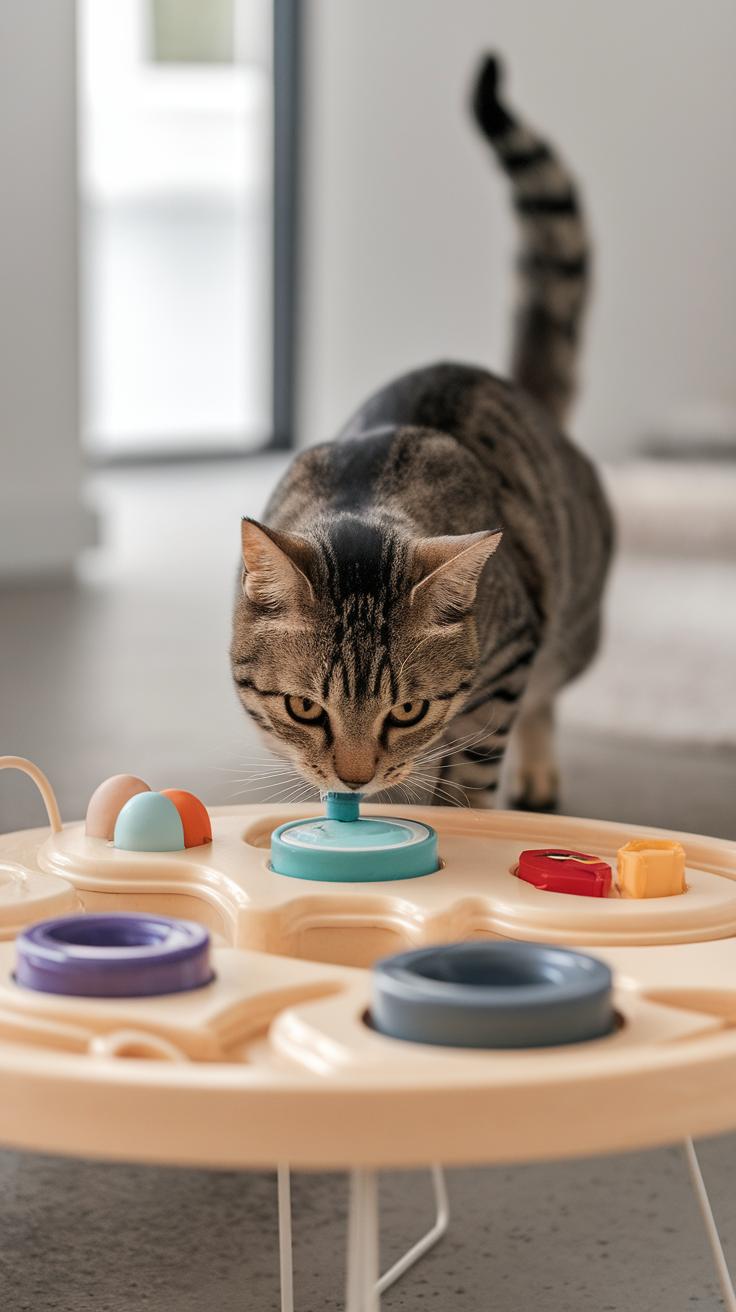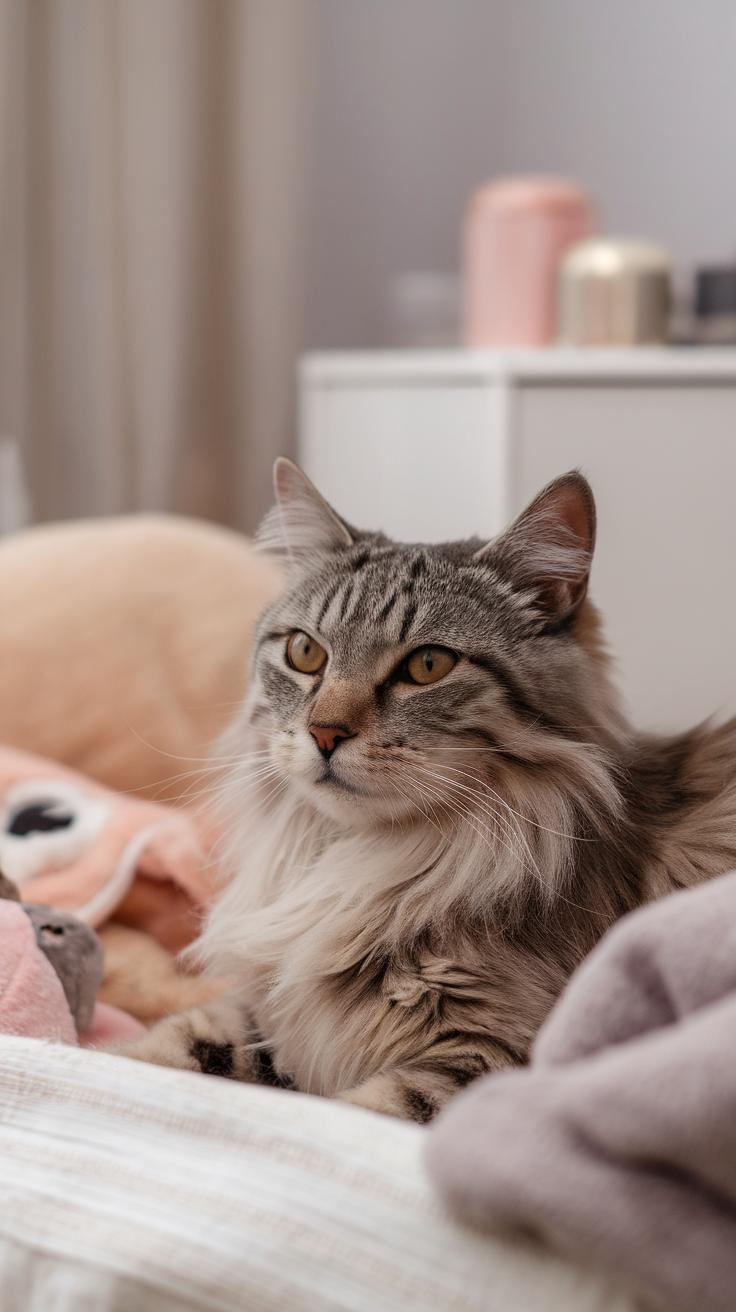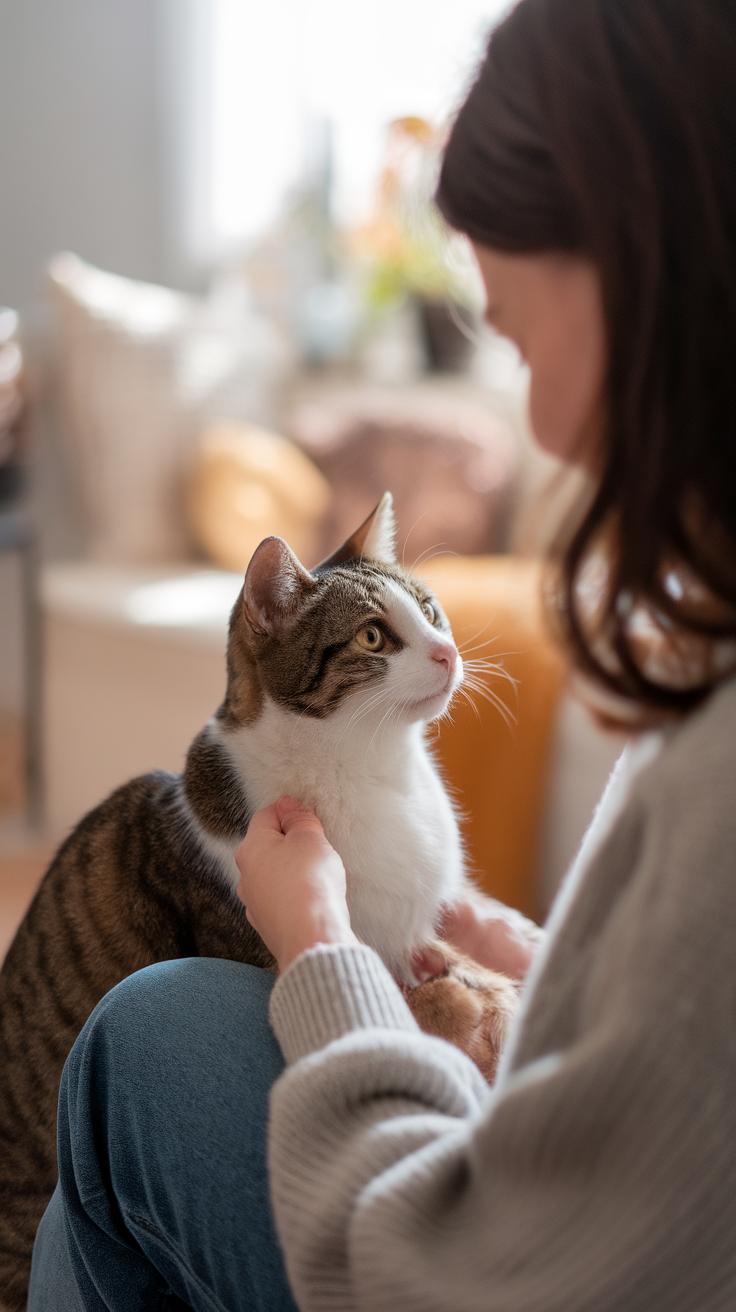Introduction
Understanding your cat’s happiness is essential for nurturing a healthy and joyful pet. Cats, known for their unique personalities, express joy in various ways, from playful antics to tranquil purring. Each cat is an individual, and keeping them content involves recognizing their distinct needs, preferences, and behaviors. This article delves into proven strategies for ensuring your feline friend remains happy and fulfilled in their environment.
From comprehensive playtime routines to proper nutrition and socialization, every aspect plays a significant role in your cat’s overall well-being. The following sections present insights into the behaviors that signal a happy cat and practical tips for creating a fulfilling lifestyle. Whether you are a seasoned cat owner or a newcomer, discovering these secrets to feline happiness will strengthen the bond you share with your furry companion.
Understanding Cat Happiness Explore What Happiness Means for a Cat
To comprehend what brings joy to a feline, one must consider its unique behavioral signs and emotional indicators. A happy cat exhibits a variety of gestures, such as purring, kneading, and playfulness. These actions are often accompanied by a relaxed body posture—loose limbs, an upright tail, and slow, deliberate movements. When a cat feels content, it is willing to engage with its surroundings, exploring nooks and crannies or chasing after toys with enthusiasm.
Emotional indicators of happiness can be subtle yet significant. Cats often communicate their contentment through gentle head-butting and affectionate rubbing against their owners. A cat that comfortably transitions between resting and playing, while displaying curiosity, is a clear indication of its well-being. Recognizing these signs is vital, as they offer insight into the emotional state of your feline companion, allowing for a deeper bond and a happier life together.
Creating a Stimulating Environment Designing a Space for Play and Exploration
Crafting an engaging environment for your cat involves incorporating elements that stimulate its natural instincts. Begin by providing climbing structures, such as cat trees or shelves, which allow cats to satisfy their love for heights and vantage points. Equipping your space with various toys—interactive puzzles, feather wands, or small balls—will encourage your feline to engage in playful activities that challenge and entertain them.
Consider creating cozy hideouts where your cat can curl up and feel secure. Boxes, tunnels, or designated blankets in sunny spots will give your pet a sense of ownership and safety within the space. To further enhance the environment, introducing safe indoor plants can stimulate your cat’s curiosity. Ensuring a diverse and stimulating area also promotes exploration, exercises their minds, and ultimately contributes to their happiness and well-being.
Creating a Stimulating Environment for Cat Happiness
Designing a Playful Space
A stimulating environment plays a pivotal role in ensuring a cat’s happiness and well-being. One effective way to achieve this is by integrating diverse vertical spaces such as cat trees, shelves, and window perches. These structures encourage climbing, provide a sense of security, and offer a vantage point for observing their surroundings.
Incorporating interactive toys into your cat’s space further enhances stimulation. Toys that mimic prey movements, such as feather wands or laser pointers, can excite their natural hunting instincts. Puzzle feeders are also beneficial, challenging their intellect while rewarding them with treats. Rotating toys regularly keeps the environment fresh and engaging.
Encouraging Exploration and Comfort
Creating cozy nooks with comfortable bedding and hiding spots can foster exploration. Cats enjoy investigating new corners, so consider using cardboard boxes or tunnels. Moreover, maintaining a safe outdoor space, like a catio, offers them the thrill of nature while staying protected. By combining comfort with opportunities for play, you can design a space that promotes both mental and physical well-being, paving the way for a truly happy feline companion.
Nutrition for a Happy Cat The Vital Role of Diet in Cat Happiness and Health
Proper nutrition plays a significant role in maintaining a cat’s happiness and overall well-being. Cats are obligate carnivores, meaning their diet must be rich in animal proteins and essential fats to support their energy levels and health. A well-balanced diet helps maintain an ideal weight, promotes healthy fur, and boosts their immune system, contributing to a more vibrant and content feline.
Choosing the Right Food
Selecting high-quality cat food is paramount. Look for options that list real meat as the first ingredient and avoid fillers like corn and wheat. Cats often thrive on a mix of wet and dry food, which ensures they receive adequate moisture along with essential nutrients. Regularly monitoring their hydration is equally important, as proper water intake can prevent urinary tract issues and keep your cat feeling vigorous and happy.
Establishing Feeding Routines
Creating a consistent feeding schedule can also enhance your cat’s sense of security. Cats are naturally creatures of habit, and regular meal times can help them feel more settled and less anxious. In addition, incorporating treats sparingly as rewards or during training fosters positive interactions and strengthens your bond, thus amplifying their happiness.
Routine and Structure A Key Component of a Cats Happiness
How Routine Enhances Feline Security
Establishing a consistent routine significantly contributes to a cat’s sense of security, ultimately enhancing their happiness. Cats are creatures of habit and thrive in predictable environments. Regular feeding times, play sessions, and grooming help create a stable atmosphere, aiding their ability to anticipate daily activities. This knowledge fosters confidence and reduces anxiety, making your cat feel more at ease in their home.
The Benefits of Structure in a Cat’s Life
Structure not only instills a sense of safety but also minimizes behavioral issues often caused by uncertainty. Cats that know what to expect are less likely to engage in destructive behaviors stemming from boredom or stress. Incorporating set times for interaction and entertainment can satisfy their natural instincts to explore and hunt. Moreover, this structure allows you to bond with your cat, strengthening their emotional well-being and fostering a stronger human-animal connection.
The Role of Socialization Importance of Social Interactions in Keeping Your Cat Happy
Understanding Cat Social Needs
Socialization plays a pivotal role in fostering a cat’s happiness and well-being. Cats are often perceived as solitary creatures; however, they thrive on social interactions, both with humans and other animals. Engaging in frequent and positive social experiences helps develop their confidence, reduces anxiety, and encourages playful behaviors. Those interactions can include petting, playing with toys, or simply sharing space with family members. When cats are sociable, they are more likely to express their contentment through purring, kneading, and seeking attention.
Creating a Social Environment
To nurture a sociable cat, consider establishing a welcoming environment. Encourage positive interactions by introducing your cat to different family members or even other pets gradually. Providing designated playtimes stimulates bonding and helps fulfill their instinctual needs. Additionally, consider observing your cat’s preferences for social interaction; some may enjoy quiet companionship, while others crave active play. By respecting their social desires, you can foster a well-adjusted cat that experiences happiness and contentment. A strong social foundation contributes to their overall emotional health, setting the stage for a harmonious living experience.
Healthcare and Wellbeing The Importance of Regular Health Checkups and Vaccinations for a Happy Cat
Regular health check-ups and vaccinations are foundational to a cat’s long-term happiness and well-being. Cats are natural at hiding illness, making routine veterinary visits crucial for early detection of potential health issues. During these check-ups, veterinarians assess your pet’s overall health, ensuring they are free from diseases and parasites that could compromise their quality of life.
Vaccinations protect against a variety of serious diseases that can significantly affect your cat’s health. Keeping their immunizations up to date not only safeguards your pet but also contributes to community health by preventing the spread of infectious diseases. Engaging in an ongoing conversation with your vet about preventative care and any concerns you may have ensures your cat remains healthy, happy, and content through all stages of life.
Mental Enrichment Techniques Keeping Your Cat Mentally Engaged and Satisfied
Interactive Playtime
Incorporating interactive play into your cat’s routine is a fantastic way to promote mental stimulation. Use toys that mimic the movements of prey, such as feather wands or laser pointers, to engage their hunting instincts. Scheduling daily play sessions can significantly enhance their cognitive awareness and physical fitness. Watching your cat chase and pounce not only satisfies their instincts but also strengthens the bond between you and your feline friend.
Puzzle Feeders and Treat Dispensers
Introducing puzzle feeders and treat dispensers can transform mealtime into an exciting challenge. These devices require your cat to work for their food, stimulating their problem-solving abilities and encouraging exploration. By combining their love for food with interactive play, you create a fulfilling experience that keeps them entertained and engaged. This method can also help prevent boredom-related behaviors, contributing to your cat’s overall happiness.
Environment Enrichment
Creating a stimulating environment is essential for a cat’s mental well-being. Cat trees, scratching posts, and perches provide opportunities for climbing and observing their surroundings. Placing toys around the house encourages exploration and keeps their interests piqued. Additionally, varying the layout of their space periodically can reignite curiosity. Incorporating safe indoor plants or bird feeders outside the window can also provide sensory stimulation, enriching their daily experience.
Understanding Stressors Identify Common Stressors for Cats and How to Mitigate Them for a Happier Life
Recognizing stressors that affect your cat is vital for fostering a serene and contented environment. Cats are sensitive creatures, often reacting keenly to changes in their surroundings. Common stressors include loud noises, unfamiliar visitors, and sudden changes in routine. Such stimuli can lead to anxiety, affecting both their physical and mental health.
Identifying and Mitigating Stressors
To help your feline friend thrive, it’s crucial to identify these triggers. For example, if thunderstorms or fireworks evoke fear, creating a safe space with cozy blankets and familiar scents may provide comfort. If your cat feels stressed by new people, allow for gradual introductions and ensure they have a retreat where they can observe from a distance. Implementing soothing techniques, like pheromone diffusers, can also promote a tranquil atmosphere.
Being attentive to your cat’s reactions and the environment empowers you to make adjustments that enhance their overall well-being. Each small change can lead to a significantly happier and healthier life for your furry companion.
The Bond Between Cat and Owner Fostering Feline Happiness
Building a strong bond between a cat and its owner is vital for promoting happiness and well-being. This relationship can serve as the foundation for your cat’s contentment, as trust and affection flourish over time. When you create an environment where your cat feels safe and secure, they are more likely to display playful behaviors and engage in social interactions. Spend quality time with your feline companion to strengthen this connection, whether by engaging in interactive play or simply sharing a calming moment on the couch.
Understanding the Human-Animal Connection
The human-animal bond is significant in enhancing a cat’s emotional health. Positive interactions can reduce feelings of anxiety and insecurity, often leading to a happier and more confident pet. As you nurture this bond, pay attention to your cat’s individual personality and preferences, as these insights will guide your approach in meeting their needs. Recognizing and responding to their unique traits reinforces trust and encourages deeper connections, ultimately resulting in a more joyful, well-adjusted feline companion.
Conclusions
Keeping your cat happy involves an empathetic understanding of their unique behaviors and needs. From providing stimulating toys and proper nutrition to fostering a nurturing environment, the methods detailed throughout the article underscore the importance of creating a contented home for your pet. When your cat’s emotional and physical needs are met, their happiness will manifest in their behavior.
A happy cat leads to a harmonious household. By applying the knowledge shared within this article, you not only enhance your cat’s quality of life but also deepen the connection you share. Embrace these principles and commit to enriching your feline’s experience, ensuring they thrive in love and joy.


